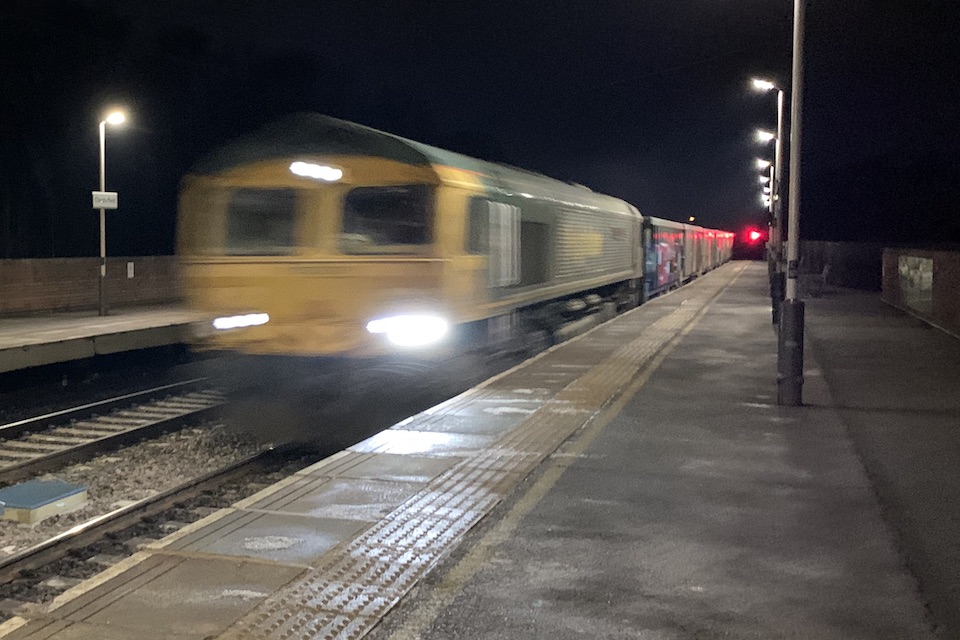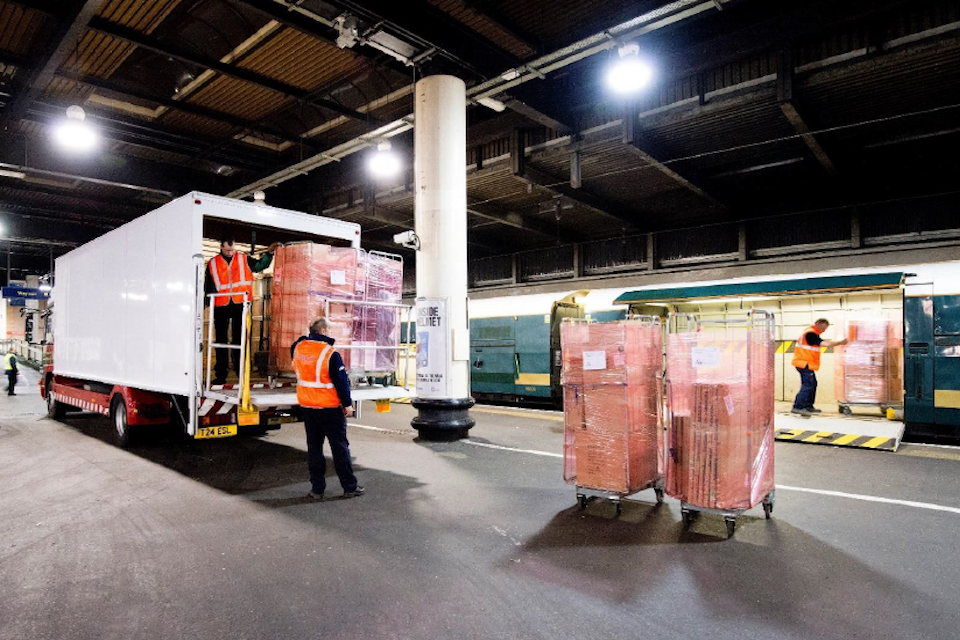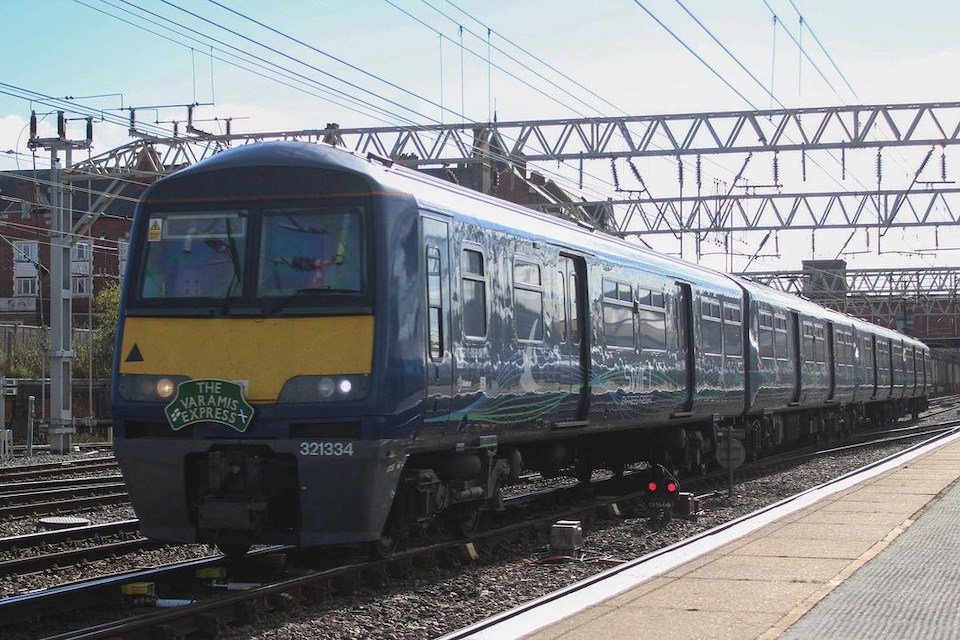Moving UK’s logistics market to high-speed rail

There was added impetus to this week’s conference of stakeholders in Britain’s high-speed rail industry. There was much talk of the recent revelations that the London to Birmingham HS2 high-speed railway project would be subject to another government review. It was in that context that the agenda for moving the logistics market to high-speed rail was debated earlier this week.
A collaborative approach between the logistics industry and the rail sector was a given resolution, but the two sides came together to ratify their intentions at the High-Speed Rail Group conference “Moving the Logistics Market to High-Speed Rail”. Appropriately for a forward-thinking conference, the event was held at the UK Rail Research and Innovation Network (UKRRIN) within the University of Birmingham School of Engineering. The resolution, made in front of a panel of industry and governmental leaders, was intended to voice the insight of both industries to Westminster and encourage the adoption of policies to promote rail-borne logistics.
The market will always choose the best option
The High Speed Rail Group has convened the conference to explore ways to engage with the fast-growing express logistics sector across the British railway network. Delegates at the conference represented around fifty stakeholder companies across the broad spectrum of logistics and rail. They were united in the need for a greater modal shift to rail. However, they were also aware that change would not be achieved if the market did not find rail to be their best option. The logistics sector is a price-sensitive market, and would-be collaborators stressed the need to find the best value for customers while also answering all the government’s legislative demands and policy decisions, particularly concerning climate change and the desire for a net-zero carbon economy.

Examining the potential for express logistics within the existing framework, delegates were keen to see better off-peak utilisation of capacity and a closer examination of infrastructure at major passenger terminals. Very much a “back to the future” solution was proposed, looking at a modern equivalent of the once familiar sight of ‘brute’ cages being rolled on and off parcels trains at stations up and down the country. Familiar, at least to nighthawks and insomniacs, since that has always been an overnight activity.
More work needed to make the network logistics capable
There was very little descent in the opinion that the railway in Britain needs significant improvement to be able to accommodate any new and widespread express logistics network. A little more than half of the room agreed that the network is not yet up to the task of line haul (long-distance operations) for the logistics industry. However, the remainder of the delegates believed that suitable infrastructure exists for depot to city centre or city-to-city operations. The infrastructure agency Network Rail has conducted an in-depth survey of all the twenty major passenger stations it manages to identify the potential for logistics hubs within those buildings. Another factor widely agreed was a desire to adopt automation, perhaps even as far as autonomous delivery over the ‘last mile’ from rail hub to the customer. Furthermore, a robust means of compensating for delay was recommended, similar to the scope of the scheme in place for passengers.

The invited audience included current rail logistics specialists Varamis Rail and InterCity RailFreight. In addition, a panel of industry leaders faced questions from the audience. They were Ed Butcher, the Head of Business Development for the London to the Channel Tunnel route HS1 and also representing the High-Speed Rail Group; Rufus Boyd – Programme Director Passenger and Freight Services, Great British Railways Transition Team – the body that will eventually replace Network Rail; Olly Craughan, the Head of Sustainability at the logistics operators DPD Group; Toby Rackliff, who is the Strategic Lead on Rail Policy for the West Midlands Rail Executive – part of the local authority centred on Birmingham; Kate Jennings, the Director of Policy for the trade body Logistics UK, and from the government’s Department for Transport, Helen Robinson, who is their Head of Rail Freight.
You just read one of our premium articles free of charge
Want full access? Take advantage of our exclusive offer





